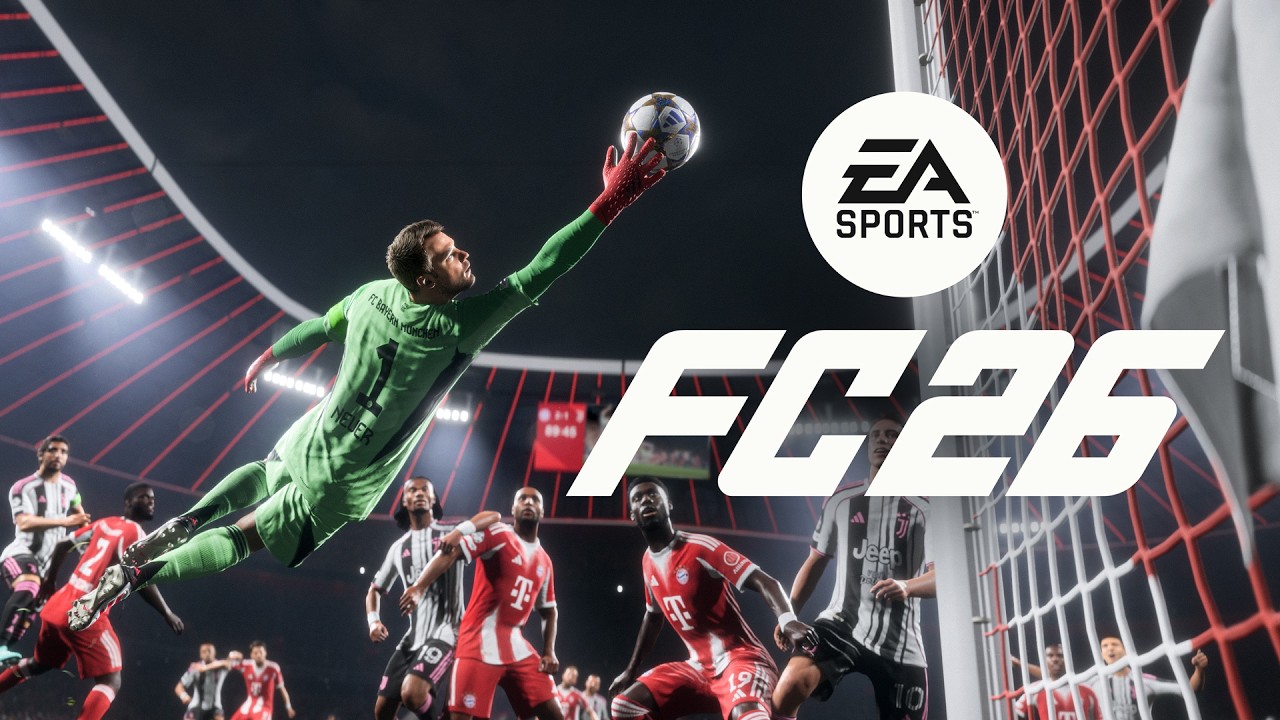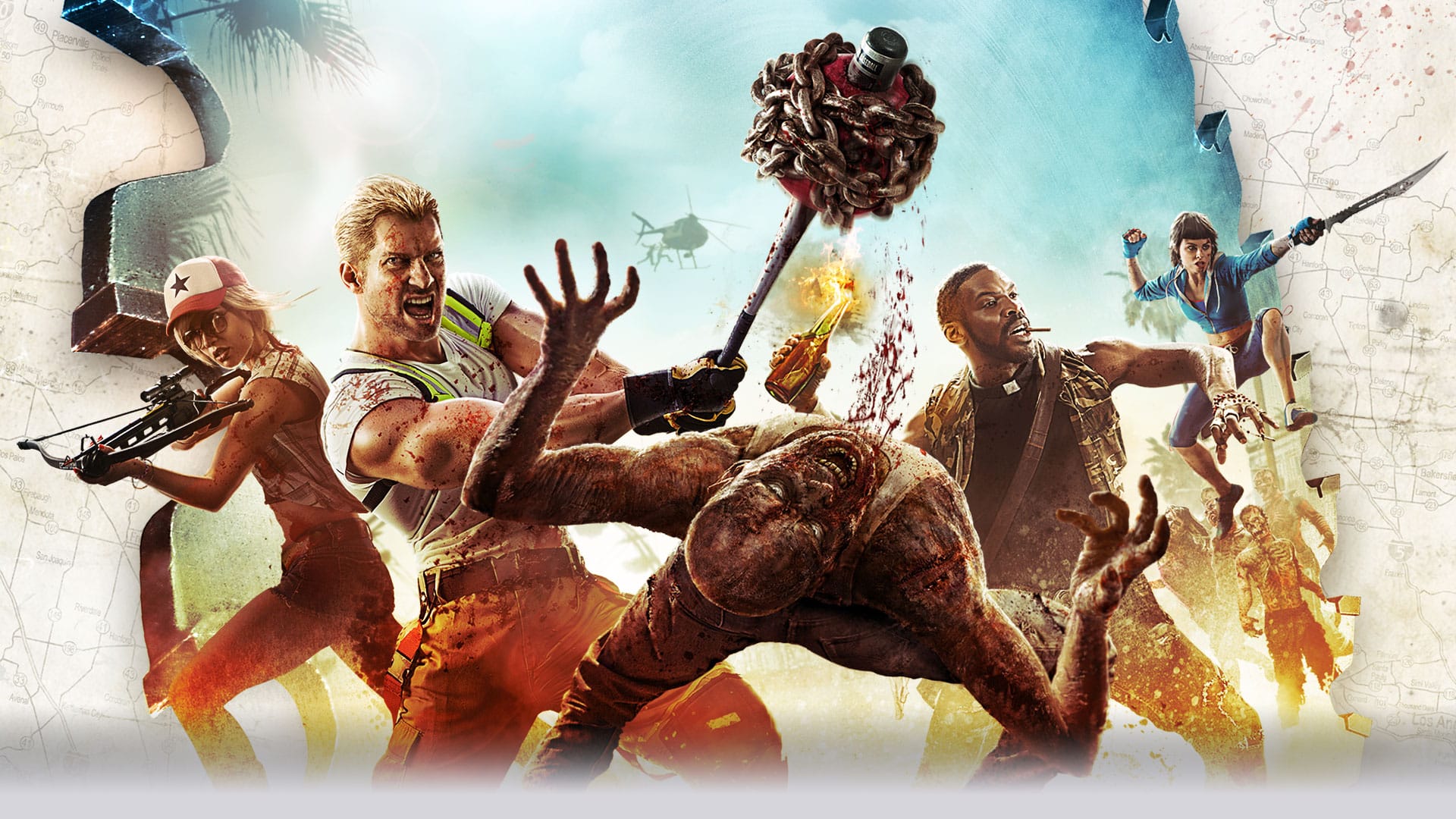Ever wonder why our beloved tech gadgets feel more like a luxury than a necessity? It's not just Nvidia throwing a tantrum over prices. The entire semiconductor landscape is like a game of Monopoly where everyone's stuck in jail, and the only “Get Out of Jail Free” card is made in the Netherlands!
With companies like Intel and AMD shelling out cash to the same factory that's making GPUs, it’s no wonder we’re all feeling the squeeze. The lack of competition means we’re basically waiting for a magic chip fairy to sprinkle some affordable options on us.
What do you think it’ll take to shake things up? More players in the game, or are we just doomed to pay for overpriced silicon?
#TechTalk #Semiconductors #Gadgets #PriceySilicon #Innovation
With companies like Intel and AMD shelling out cash to the same factory that's making GPUs, it’s no wonder we’re all feeling the squeeze. The lack of competition means we’re basically waiting for a magic chip fairy to sprinkle some affordable options on us.
What do you think it’ll take to shake things up? More players in the game, or are we just doomed to pay for overpriced silicon?
#TechTalk #Semiconductors #Gadgets #PriceySilicon #Innovation
Ever wonder why our beloved tech gadgets feel more like a luxury than a necessity? It's not just Nvidia throwing a tantrum over prices. The entire semiconductor landscape is like a game of Monopoly where everyone's stuck in jail, and the only “Get Out of Jail Free” card is made in the Netherlands!
With companies like Intel and AMD shelling out cash to the same factory that's making GPUs, it’s no wonder we’re all feeling the squeeze. The lack of competition means we’re basically waiting for a magic chip fairy to sprinkle some affordable options on us.
What do you think it’ll take to shake things up? More players in the game, or are we just doomed to pay for overpriced silicon?
#TechTalk #Semiconductors #Gadgets #PriceySilicon #Innovation
0 Comentários
·0 Compartilhamentos









